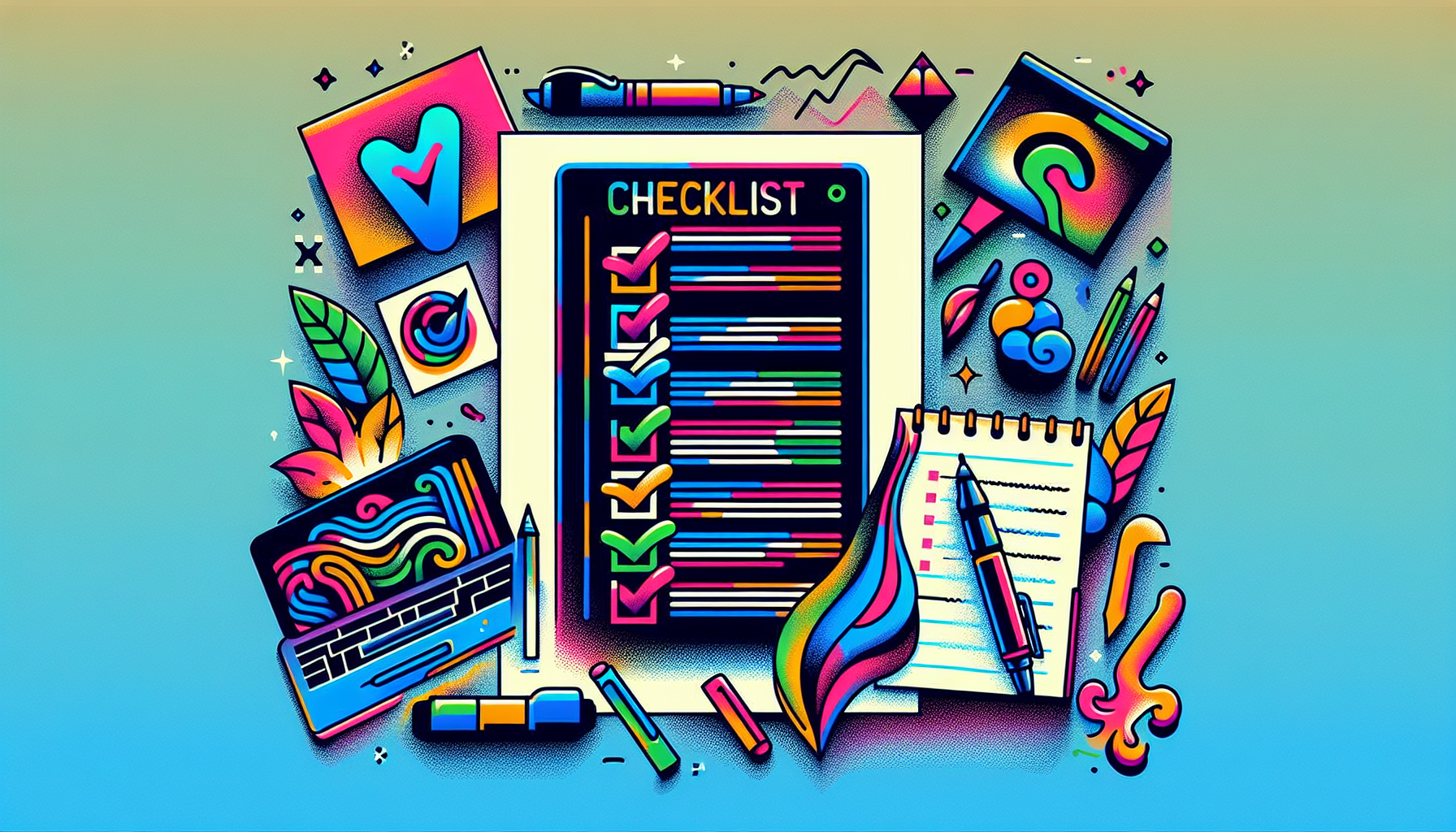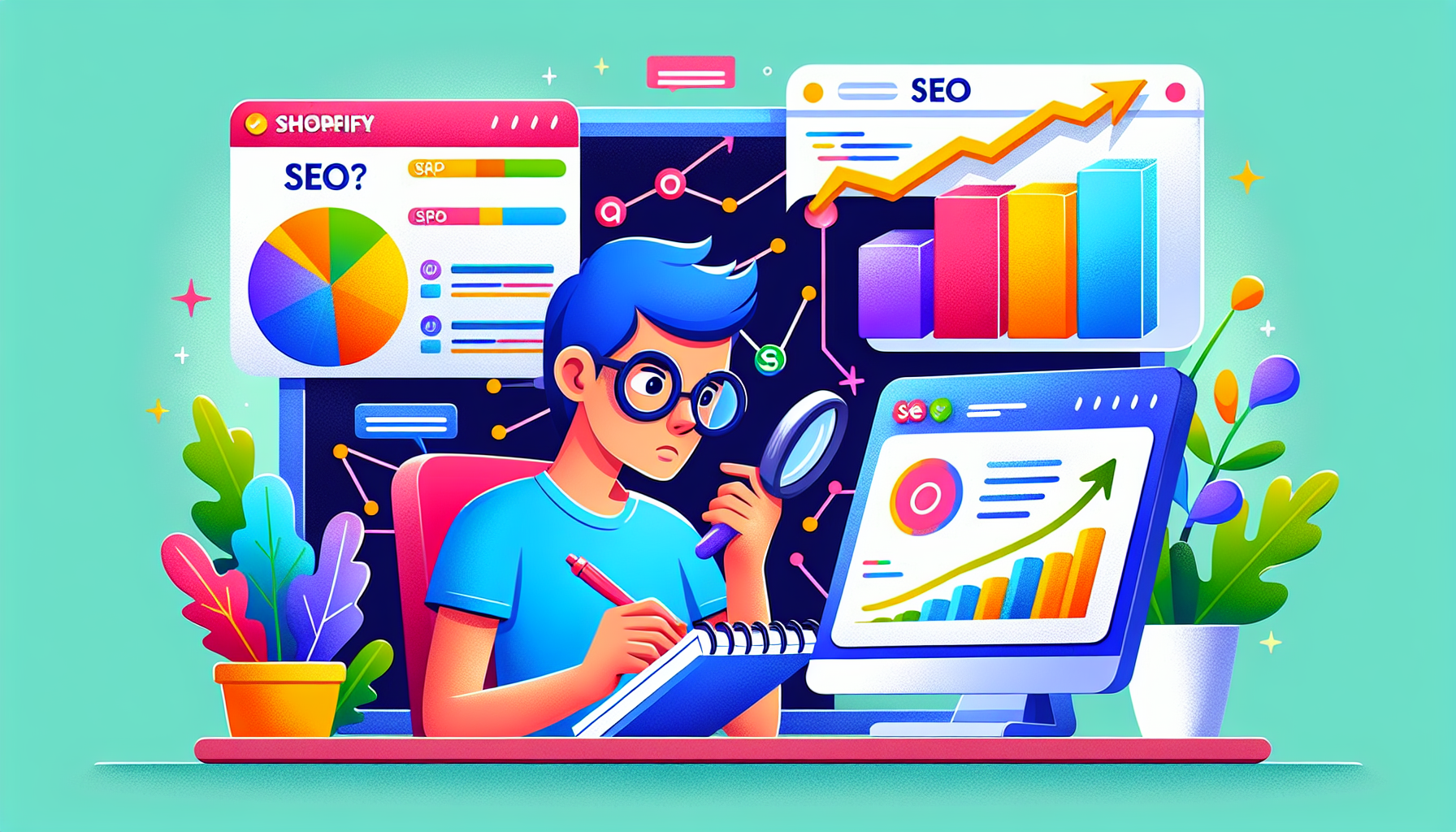Planning a move from BigCommerce to Shopify? This guide covers everything: data transfer, product migration, order handling, and common challenges. Let’s ensure your BigCommerce to Shopify migration goes smoothly.
Key Takeaways
Shopify offers a user-friendly platform with extensive customization options, making it ideal for businesses looking to grow and scale effectively.
Prioritize preparation by backing up all BigCommerce data and verifying its accuracy to ensure a smooth migration to Shopify.
Consider partnering with a migration expert to streamline the process and mitigate common challenges, ensuring a secure and efficient transition.
Why Migrate from BigCommerce to Shopify?

So, why should you consider moving your eCommerce site from BigCommerce to Shopify? For starters, Shopify offers a user-friendly interface that simplifies product and order management, making it ideal for both newcomers and experienced users alike. This ease of use can significantly reduce the time and effort needed to run your store, allowing you to focus on growing your business. Additionally, Shopify BigCommerce provides various tools to enhance your online presence.
Moreover, Shopify is built to accommodate business growth. Whether you’re just starting out or looking to scale up, Shopify adapts to your evolving needs. Its extensive app ecosystem is another major advantage; with thousands of apps available, you can customize your store to fit your specific requirements. From marketing automation to data analysis, the Shopify app store has you covered.
Flexible payment options are another compelling reason to make the switch. Shopify allows integration with various payment gateways to suit your customer’s preferences. Plus, using Shopify Payments can eliminate additional transaction fees, enhancing your profit margins. These features collectively make Shopify a robust platform for sustainable growth, setting the stage for a smoother, more efficient eCommerce experience.
We can help with your migration
We help with ecommerce site migrations to BigCommerce and Shopify all the time, including both look and feed, as well as data migration and platform consulting. Some of the most common to Shopify include Magento to Shopify, WooCommerce to Shopify and BigCommerce to Shopify. Likeways we help with Magento to BigCommerce, WooCommerce to BigCommerce and Shopify to BigCommerce.
Preparing for Your BigCommerce to Shopify Migration

Before diving into the migration process, preparation is key to ensuring a smooth transition. Start by backing up all your BigCommerce data, including media files, to avoid any potential data loss during the migration process. Utilizing BigCommerce’s advanced export features will help you create a comprehensive backup and maintain the proper data structure required for Shopify.
Next, ensure the exported data aligns with your current store’s content to maintain data integrity after migration. Delete any sample data from your new Shopify store before starting the migration process to avoid confusion and ensure your imported data is clean and accurate.
Following these preparatory steps will set a solid foundation for a successful migration. Securely backing up and verifying your BigCommerce data will save time and prevent future issues.
Step-by-Step Migration Process
The migration process can be broken down into several key stages: exporting data from BigCommerce, importing data into Shopify, and reviewing and organizing the new store migration setup to handle custom migration requests. Each stage is crucial for a smooth transition and requires specific steps to be followed meticulously.
Start by signing up for Shopify, where you’ll select your goals, industry, and provide your email. Before importing your data, review what content to move and consider purging old, low-performing content. This initial migration phase is essential for setting the stage for a successful transition.
The entire migration process can take less than two weeks, depending on the complexity of your store’s data.
Exporting Data from BigCommerce
The first step in the migration process is exporting your data from BigCommerce. This involves converting your BigCommerce data into CSV files, which are compatible with Shopify. The types of data you can export include product, customer, and order data, ensuring that all your essential information is transferred to migrate BigCommerce.
To make the process easier, you can use a CSV file or an app to transfer a catalog of up to 250 products to Shopify. This method ensures that your product data is accurately exported and ready for import into your new Shopify store.
Importing Data into Shopify
Once your data is exported, the next step is importing it into Shopify. You have the option to migrate various elements. This includes products, categories, customers, and orders from BigCommerce to Shopify. Use the Migration Wizard to select the data types you want to import, such as products and categories.
If you can’t find your platform in the Store Importer, select a different platform and follow the instructions provided. Additional templates may be needed for bulk editing when importing products into Shopify. This step ensures that your data is correctly mapped and imported into your new Shopify store, setting the stage for a smooth transition.
Reviewing and Organizing Imported Data
After importing your data, it’s crucial to review and organize it to ensure everything is accurate and well-structured. Verify essential information such as price, weight, and inventory to make sure everything aligns with your original data. If the data import fails, there is an option to add the data later. You can do this manually.
Once data verification is complete, preview your storefront before going live. Organizing product listings effectively can enhance user experience, and creating collections allows for better organization of products by type, size, or seasonal relevance. This step is vital for ensuring your new Shopify store is ready for customers.
Setting Up Your New Shopify Store

Now that your data is in place, it’s time to set up your new Shopify store. Start by choosing the appropriate Shopify plan based on your business needs and operational requirements. You can buy a new domain or transfer an existing one during the setup process.
Configuring payment gateways and tax settings is essential for the functionality of your Shopify store. Additionally, you can add staff members with personal login credentials and set permissions to streamline store management.
These steps ensure that your new Shopify store is fully functional and ready to serve customers.
Choosing a Theme from the Theme Store
Choosing the right theme for your Shopify store is crucial for creating an attractive and user-friendly online store. Shopify offers more than 100 design themes to choose from, each optimized for mobile devices. To customize your theme, access the Themes page in the Shopify admin, where you can preview and make changes before purchasing.
Shopify offers assistance with customizations for free themes. Additionally, they provide support to optimize your online store. Whether you opt for automated or manual collection types, organizing your products within the store can significantly enhance the shopping experience. This step ensures that your store’s appearance aligns with your brand and provides a seamless shopping experience for your customers.
Configuring Shipping Settings
Setting up your shipping options is another critical step in launching your new Shopify store. Organizing shipping settings in Shopify is essential for effective order fulfillment and maintaining customer satisfaction.
Configuring these settings ensures that your customers receive their orders promptly and accurately.
Setting Up Payment Providers
Shopify supports various payment providers, including Shopify Payments and third-party providers. Setting up a payment provider is crucial for accepting credit card payments securely and ensuring smooth transaction processing after configuring payment providers.
Place test orders after setting up your payment options to confirm everything works correctly. This step ensures a smooth and secure checkout process, enhancing the shopping experience.
Optimizing Your Shopify Store for SEO

SEO optimization for your Shopify store is essential for improving visibility and search engine rankings. Shopify’s advanced SEO capabilities can enhance your store’s presence. Properly setting up redirects during migration helps maintain search engine rankings and prevents traffic loss.
Each page’s meta description should be brief, unique, and use plain language. Submitting sitemap files to Google Search Console ensures your pages are indexed, with automatic updates when new content is added.
These steps help improve your store’s SEO and drive more traffic to your site.
Ensuring Data Security During Migration

Data security is a top priority during the migration process. Shopify employs a structured information security program designed to protect personal data from unauthorized access, loss, or damage. Regular vulnerability assessments and penetration testing are conducted to identify and address potential security risks.
Shopify employs physical security protocols to restrict unauthorized facility access and provides employee training on information security requirements, ensuring data security throughout the migration process.
Common Challenges and How to Overcome Them
Migrating from BigCommerce to Shopify can present several challenges, but knowing what to expect can help you overcome them. Common issues include the absence of a designated project manager, leading to miscommunication and oversight. Transferring product listings, customer details, and order histories often requires meticulous attention to ensure correct data mapping.
Reproducing the design and functionality of your Shopify store on a new platform can be challenging, necessitating the search for compatible plugins and themes. Integrating the new platform with existing tools, such as email marketing and analytics, can also present challenges that must be addressed for a smooth transition.
Partnering with Experts for a Smooth Transition
Partnering with an experienced agency for your migration provides substantial advantages. Agencies like Epic Design Labs offer expert insights and best practices, ensuring secure and precise data migration. Working with a knowledgeable agency can enhance the efficiency of complex migrations and reduce the likelihood of errors.
Shopify has a vibrant community of developers and entrepreneurs who share resources and offer ongoing support for users after custom migration requests. Experts can handle the migration project from start to finish, ensuring everything runs smoothly. By partnering with professionals, you can navigate the migration process with confidence and ease.
Summary
Migrating from BigCommerce to Shopify involves several steps, but the rewards are well worth the effort. From preparing your data and executing the migration to setting up your new Shopify store and optimizing it for SEO, each step is crucial for a successful transition. Ensuring data security and overcoming common challenges are also vital components of the process.
By following this ultimate guide, you’ll be well-equipped to make the switch and unlock the full potential of your online store with Shopify. Remember, partnering with experts can make the journey smoother and more efficient. Start your migration today and take your eCommerce business to new heights.
Frequently Asked Questions
Why should I migrate from BigCommerce to Shopify?
Migrating from BigCommerce to Shopify can significantly enhance your business efficiency thanks to its user-friendly interface and vast app ecosystem. Embrace the flexibility and growth potential that Shopify offers!
What steps should I take before starting the migration process?
Before starting the migration process, ensure you back up all your BigCommerce data and verify its integrity, while also deleting any sample data from your new Shopify store. Taking these essential steps will set you up for a successful transition!
How long does the migration process take?
The migration process can take less than two weeks, making it a swift transition if your store’s data isn’t overly complex. It can take longer if you need a custom design or a lot of work on data or product options. Stay focused and organized to ensure a smooth completion!
How can I ensure data security during migration?
To ensure data security during migration, implement SSL encryption and conduct regular security assessments. Taking these proactive steps will protect your data and give you peace of mind.
Can I get professional help for the migration process?
Absolutely, seeking professional help from experienced agencies like Epic Design Labs can make your migration process smooth and secure. Don’t hesitate to get the support you deserve!

